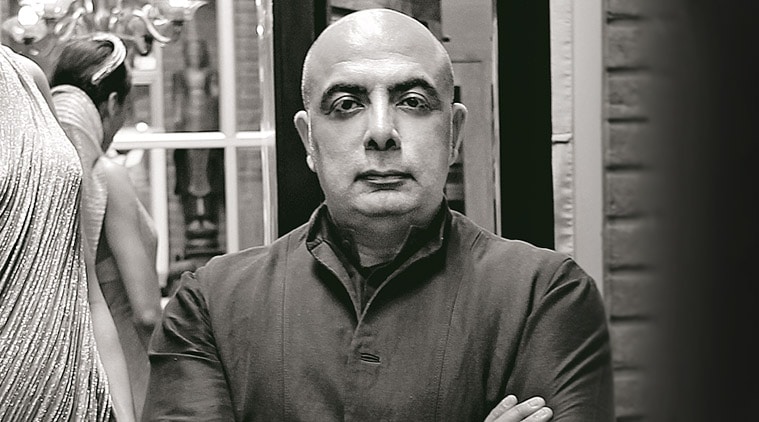
His penchant for Indian craftsmanship made Tarun Tahiliani a name to reckon with, ever since the late eighties when he opened his fashion store, Ensemble with his wife. After launching the multi-designer boutique in 1987, he started his eponymous label in 1990 and went on to hone his understanding of design techniques at the Fashion Institute of Technology, New York.
Now, more than three decades later, the management professional-turned-designer, who is undoubtedly one of the luminaries of Indian fashion, feels that as the modern Indian woman is changing, so are her needs especially when it comes to her wedding ensemble.
Tahiliani, whose designs are worn by celebrities like Alia Bhatt, Priyanka Chopra Jonas, Sonam Kapoor, Kareena Kapoor Khan among others, are heavily sought-after.
Given his fashion-forward sensibilities, he is called the ‘Karl Lagerfeld of India’ — the iconic Chanel designer who was known for his luxury fashion concepts in couture as well as the high street.
In an email interaction with indianexpress.com, in the run-up to the seventh edition of Vogue Wedding Show 2019, which will be held from August 2-4 at Taj Palace, New Delhi, Tahiliani shares about his new collection, his idea of a modern-day bride and why he thinks a sari is a wardrobe essential.
From where do you draw inspiration for your bridal wear?
I think that every region in India has something of its own for bridal wear, for example, Gujaratis might wear the Panetar and more Bandhani. In the South, they will wear superb Kanjeevarams or Upadas, and now, of course, there are new ways to embellish these with fine embroidery. The lehenga is becoming more and more ubiquitous. They draw on techniques that come from Lucknow to Rajasthan to anywhere else and designers such as myself who do not come from cultural bias, draw on whatever we want to create the lehengas from.
How do you define a modern Indian bride?
The modern spin always comes through the use of unusual colours primarily, however, it is more important to use technology in embroidery, and in the construction, so that now they can combine classical corsetry with bridal clothing and have much more freedom in shape. In the past, brides were just drowned in fabric and embroidery, but for today’s body-conscious brides it is different. Athleticism and the dynamic new energy requires the brides to feel comfortable and to show off their bodies while of course adhering to traditions, and yet feel current in this modern space.
Tell us about your new collection, Bloom.
The starting point for the collection is always a word or a feeling and this year the all-encompassing word is ‘Bloom’. A blossoming of many different spirits! Bloom is seen in the context of the constant evolution of Indian technique and construction which makes the use of sculpted shape much more accessible than ever before. All these ideas encompass the new fall-winter collection, and while we have been working on lightness for a while, the new collection is more cognizant of this.
We are in the bloom of a new era, decade and everything will change as the pace of change increases. However, people like me cling on to the past because that anchors us to the future.
How has Indian wedding wear transformed?
The ability of wedding wear itself to become much more comfortable to suit the needs of the modern-day bride is something transformational. Gone are the days when people were to stand there for reception of baraats and pheras. Today, weddings are much more integrated, much more fun. There is a lot more music and dance, there are DJs and societal norms have changed where especially the younger generation intermixes freely and parties together much as their counterparts do in the West. This necessitates a change in the kind of clothing that one can carry around and be comfortable.
You have always held the sari in high regards. Why is that?
I have always been an advocate of the sari — it is versatile, easy to wear and easy to carry. The beauty of it is that it looks different on each person – loosely draped or moulded to the body – it evokes a sense of romance, sensuality and elegance. I think a woman’s wardrobe should include a wonderful selection of saris and few very heavy pieces, or ornate pieces to your individual taste.